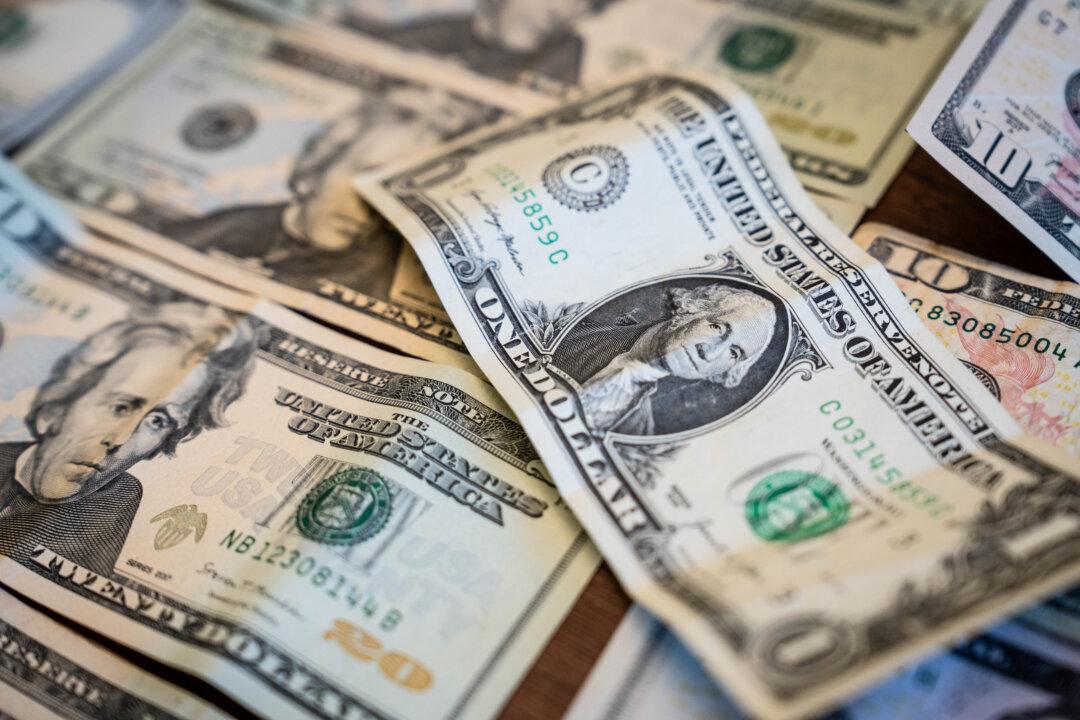The U.S. economy could soon declare mission accomplished as the country could be progressing toward the widely anticipated soft landing. According to a new report by a group of top economists, recession risks have diminished, the labor market remains solid, and inflation moderates.
Sixteen chief economists from the nation’s largest financial institutions contributed to the forecast issued by the Economic Advisory Committee (ECA) of the American Bankers Association. They noted that recession odds have tumbled over the past six months, although they remain at about 30 percent amid policy and geopolitical risks.





